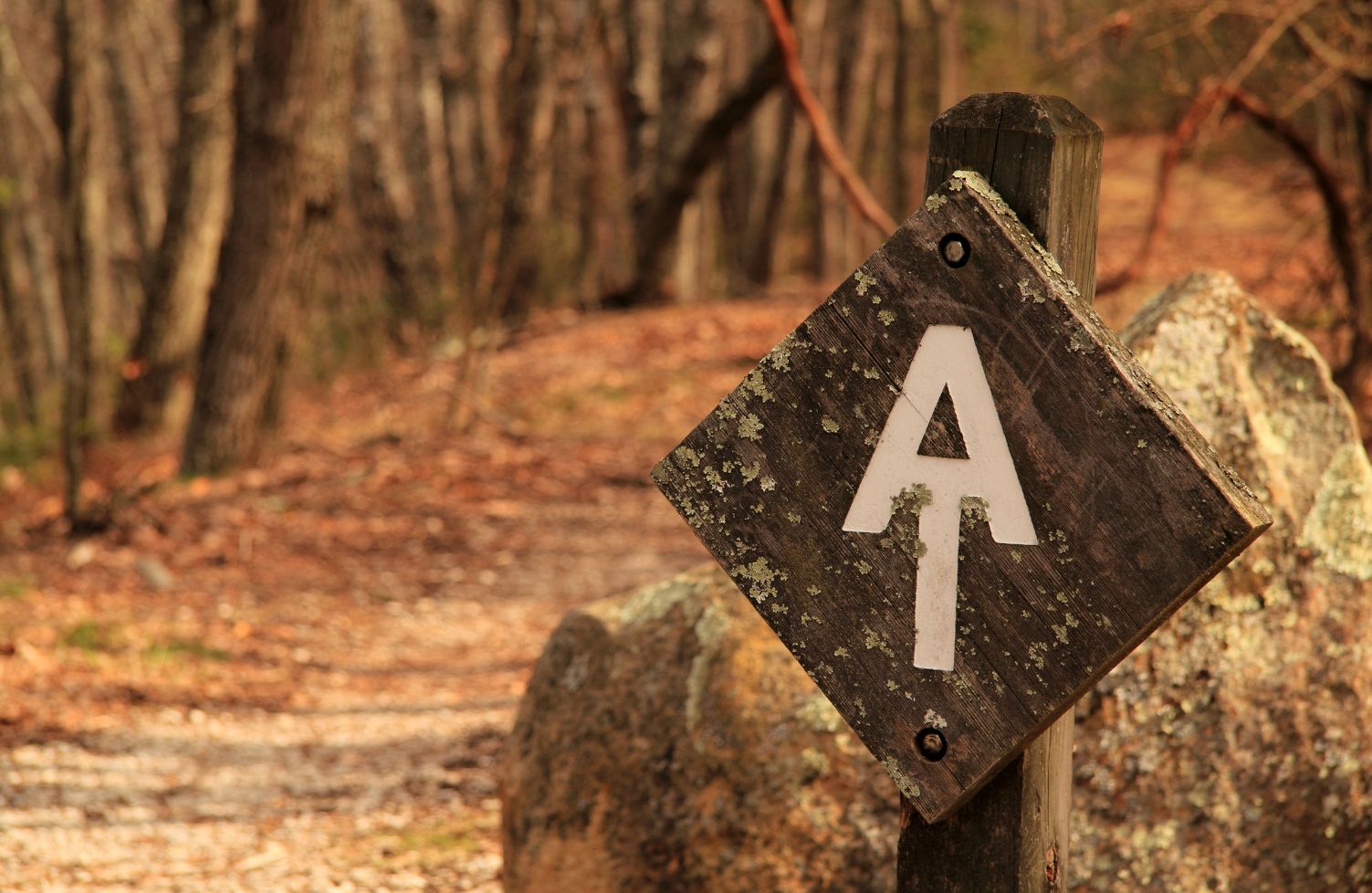The Appalachian Trail, often referred to as the A.T., is an iconic long-distance hiking trail which runs for approximately 2,200 miles between Springer Mountain, Georgia and Mount Katahdin, Maine in the American East. There are few hiking trails in the world that are more iconic, and the Appalachian Trail thru hike - completing the entire route in one season - is attempted by around 3000 people each year, though the number who hike a small part each year runs well into the millions.
The scenery is wonderfully diverse, as you’d expect from a trail which passes through 14 states, and the community element of the A.T. is famously strong. As Bill Bryson wrote in A Walk in the Woods, his landmark book on walking the Appalachian Trail, "You become an informal clump, a loose and sympathetic affiliation of people from different age groups and walks of life but all experiencing the same weather, same discomforts, same landscapes, same eccentric impulse to hike to Maine."
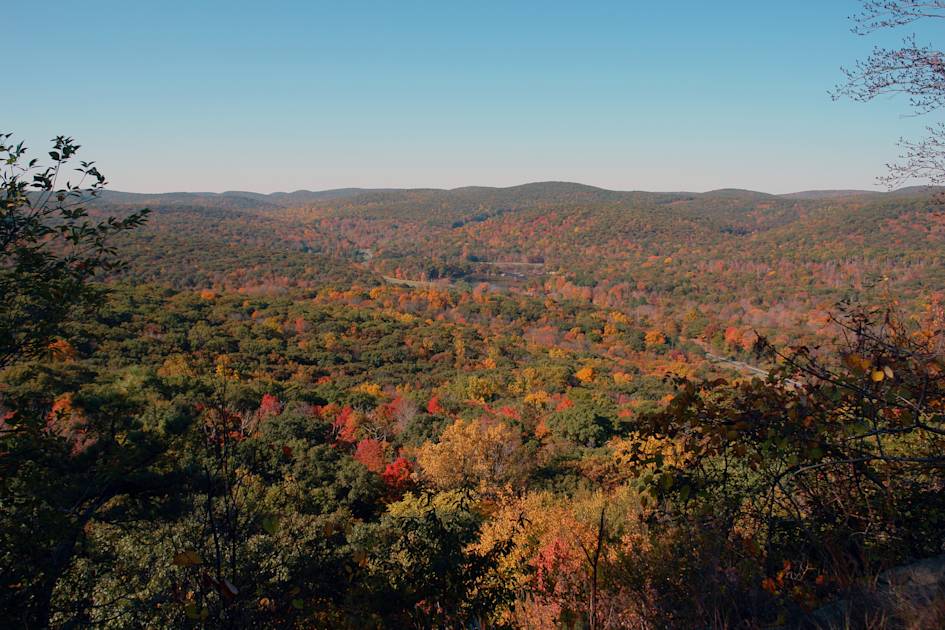
In this guide to the Appalachian Trail, we’re going to look at how to hike the A.T. and delve into the details: from the route to the history and culture of the trail.
This article is designed to inspire but not to serve any navigational purpose. It is not intended to guide you on the route and further mapping and planning will be required if you want to safely walk any part of the Appalachian Trail.
How Long is the Appalachian Trail in Distance?
How long is the Appalachian Trail? It’s the natural first question to ask before you commit to doing the entire thru hike. Well, the answer is that the Appalachian Trail route comes in around the 2,200 mile mark (3,500km). The length of the trail actually changes each year due to path relocations, but it tends to be a little bit under 2,200 miles if walked in total. The map above is not the full distance but gives a good idea of the bulk of the route of the Appalachian Trail.
How long does it take to hike the Appalachian Trail?
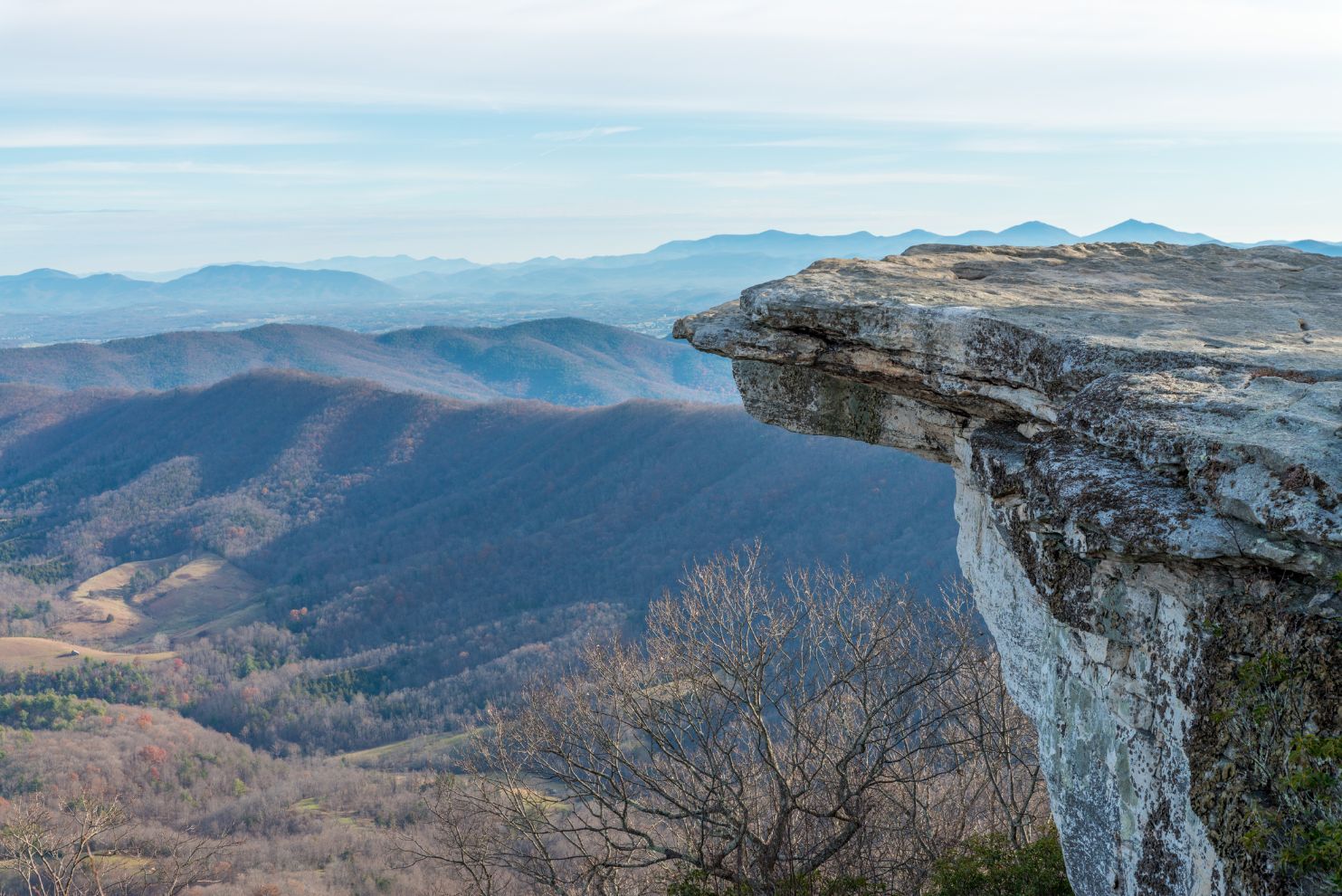
Though the Appalachian Trail record is a remarkable 41 days, 7 hours and 39 minutes (run by Karel Sabbe in 2018), most people take between five and seven months. After all, what’s the rush? The average for most thru hikes of the Appalachian Trail is six months of walking - a big commitment no doubt. Due purely to the lenght of the trail and the amount of time it takes to complete, many describe a thru hike as a life-defining, or even a spiritual experience.
Where Does the Appalachian Trail Start and End?
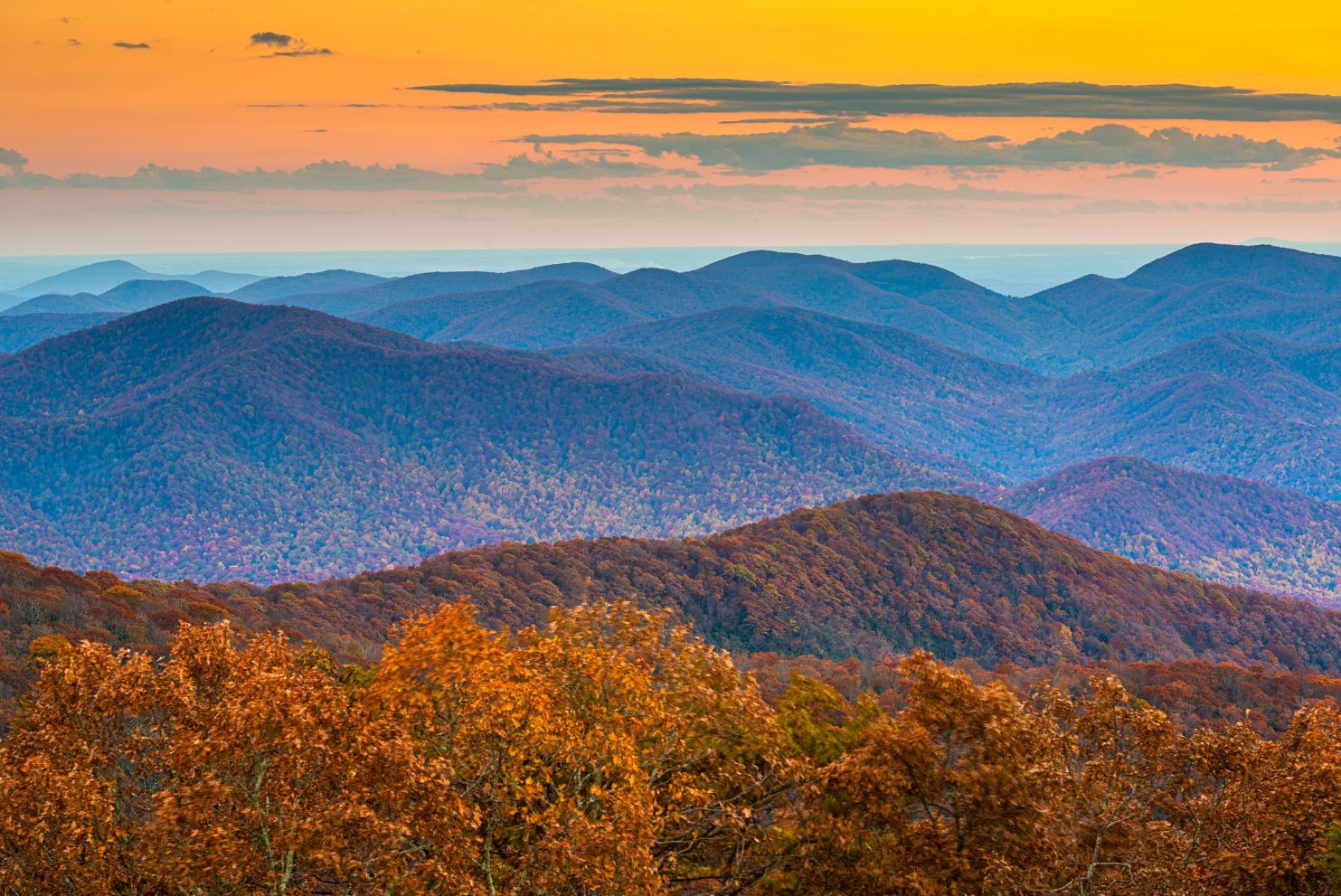
The route of the Appalachian Trail weaves, winds, rises and falls through the east of America and the Appalachian Mountain Range. The states that the route passes through are, in order: Georgia, North Carolina, Tennessee, Virginia, West Virginia, Maryland, Pennsylvania, New Jersey, New York, Connecticut, Massachusetts, Vermont, New Hampshire and finally, Maine. There are various ways to hike the Appalachian Trail. The most common is northbound, from Georgia to Maine.
The Appalachian Trail Thru Hike: Northbound
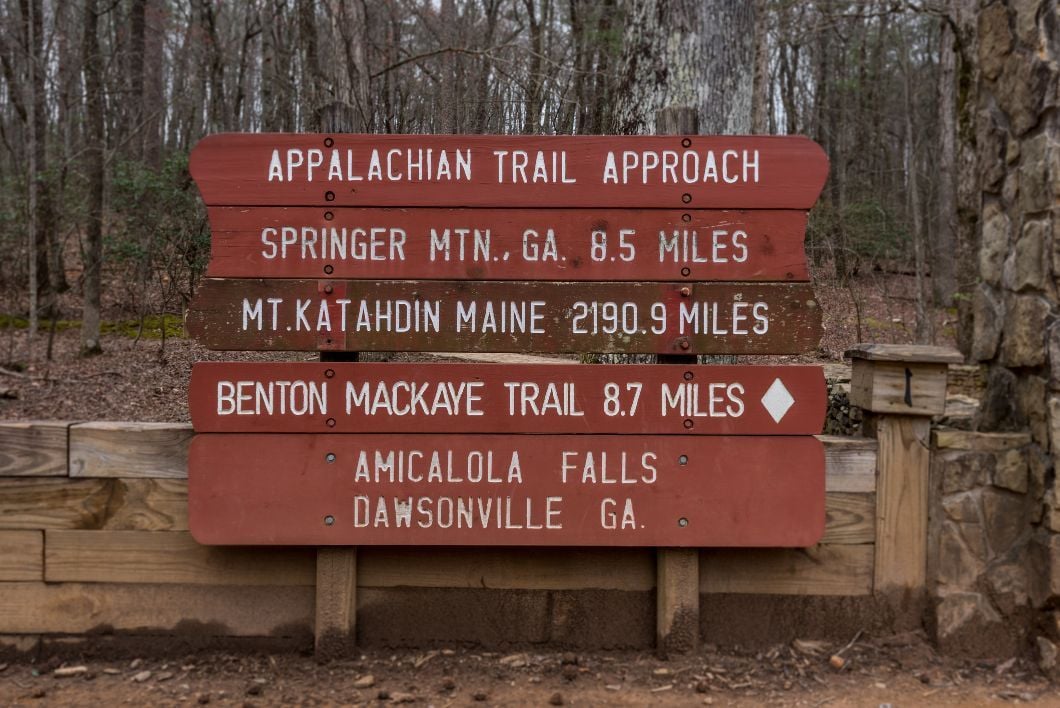
The official Appalachian Trail start point is Springer Mountain in Georgia, if you’re going to follow the traditional route and head north to Maine. You may sometimes see northern thru hikers on the Appalachian Trail described as NOBO hikers - which is simply a fun, quick way of saying they’re northern bound.
From Georgia, you'll start from Springer Mountain and head 79 miles north, peaking at Blood Mountain at 4,461ft. You'll next pass through North Carolina for 96 miles, taking on demanding climbs and reaching over 6,500ft through the Great Smoky Mountain National Park (which you’ll require a permit to visit). Eventually, you’ll come to the state border with Tennessee at Doe Knob.

From here, you're going to spend the next 300-odd miles crossing back and forth between the two states until you get to Virginia. Watch out for brown bears in the Smokies, where you’ll likely be spending around a stunning week of your hike.
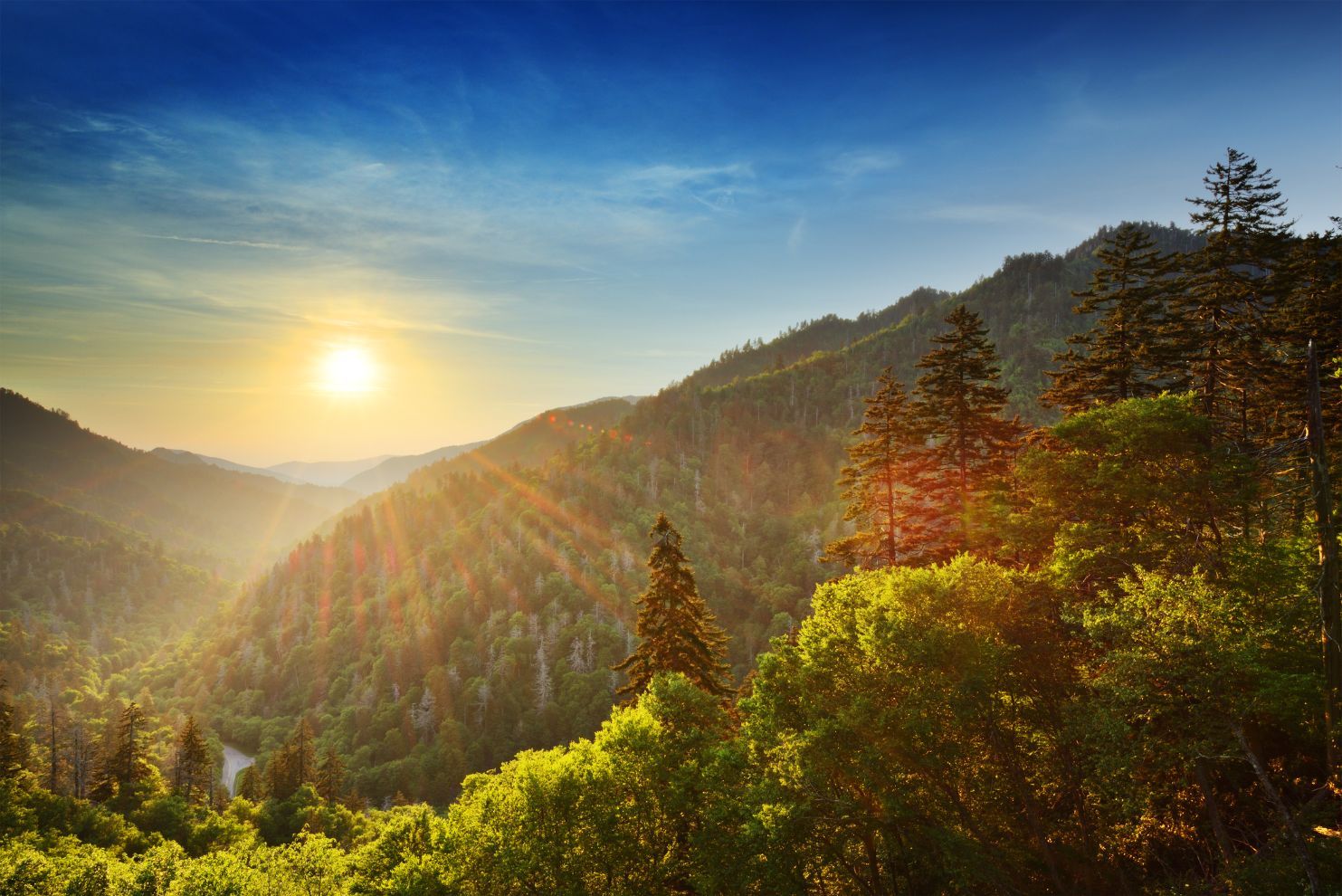
Virginia is the state with the longest section of the Appalachian Trail. There are over 550 miles in the state (a quarter of the trail), so it'll take you around a month to get through it. It is home to McAfee Knob though - one of the most iconic spots on the entire trail, as well as the scenic Shenandoah National Park.
You'll then get back to checking off state lines when you cross over into West Virginia... and then leave again four miles later! Harpers Ferry town is the symbolic midway point of the Appalachian Trail, so get your motivation reignited, regain some strength, and head onwards - it’s over into Maryland next.
Near the capital of Washington DC, the 41-mile Maryland section of the A.T. is particularly popular. You get folk taking on the “Maryland challenge” - trying to complete the route in one day - and those who choose to hike the trail over a weekend from the city, as well as the thru hikers. The terrain is rolling and the views of the famous Potomac River from Weverton Cliffs are just stunning.
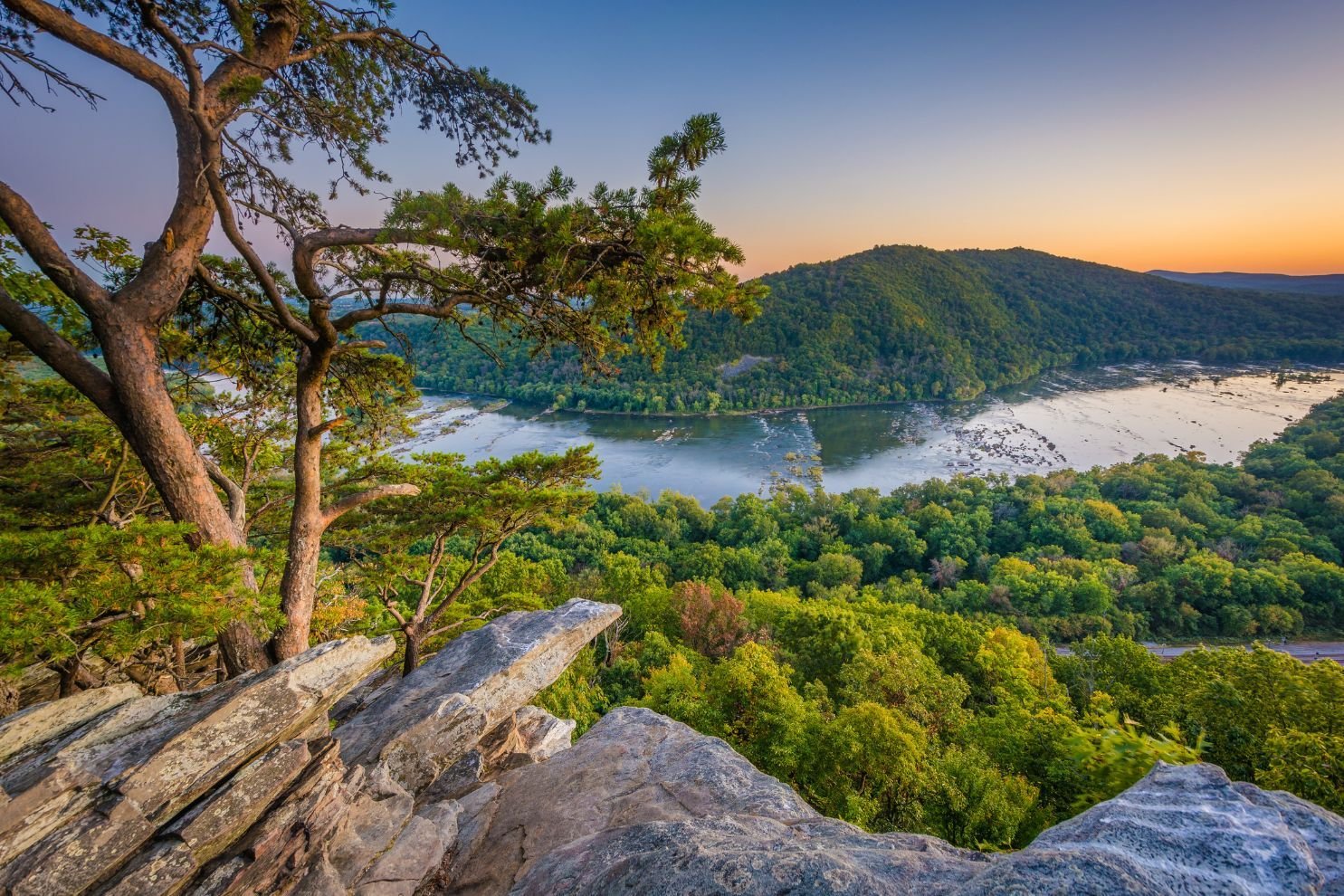
Make your way through other trail highlights including the Annapolis Rocks, and you'll get to Pennsylvania, a state many Appalachian Trail thru hikers dread. The 229 miles of Pennsylvania are rocky. Real rocky. In particular, the northern part of the state. Eventually you'll reach the 72-miles of New Jersey, passing some beautiful lakes, and reach New York State.
Here, you've got 90 miles ahead. You'll get to some of the big trail landmarks and take on some of the best hikes in New York State, like the tight Lemon Squeezer rocks and the summit of Bear Mountain, then Bear Mountain suspension bridge, crossing the Hudson River.
The 51-miles of Connecticut will take you to the Massachusetts border. In Massachusetts you've got 91 miles, and that includes stunning views as you ascend Mount Race. You'll also go up Mount Everett, which, if you say it quickly enough, can fool people into thinking you've been up Mount Everest, and then it's 150 miles of stunning Vermont on the Long Trail, which views like that from Camel Hump below.
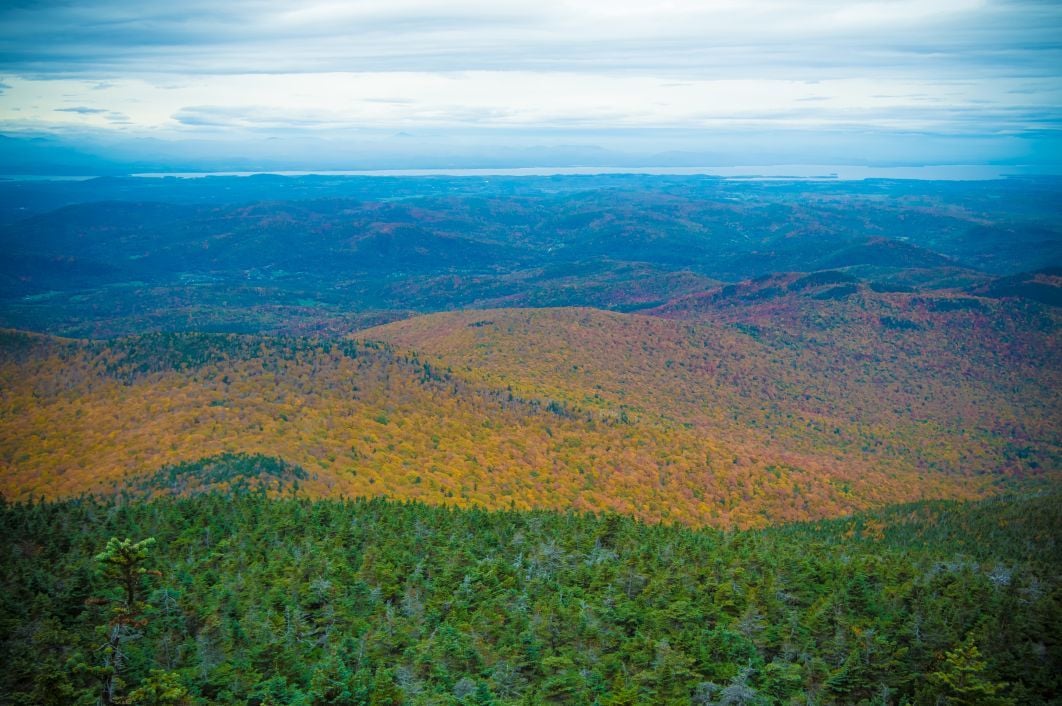
This section includes Stratton Mountain, Killington Peak and just a whole lot of beauty. It's a real highlight, and the greenery and forests of New Hampshire offer similar beauty for 160 miles.
Make it to the end of that stage, and you've hit the border of Maine, and got your final 282 miles ahead of you, from Mount Success to Katahdin - the northern terminus of the Appalachian Trail. Completing any one section of the A.T. is impressive. Completing it all? Well, that's a life changing experience.
When to Hike the Appalachian Trail Northbound?
Most people start in March or April, hiking in winter conditions during the beginning and progressing - at time through snow - until the Spring hits. You'll have good temperatures in New England and cold in New Hampshire and Maine.
The Appalachian Trail Thru Hike Alternatives
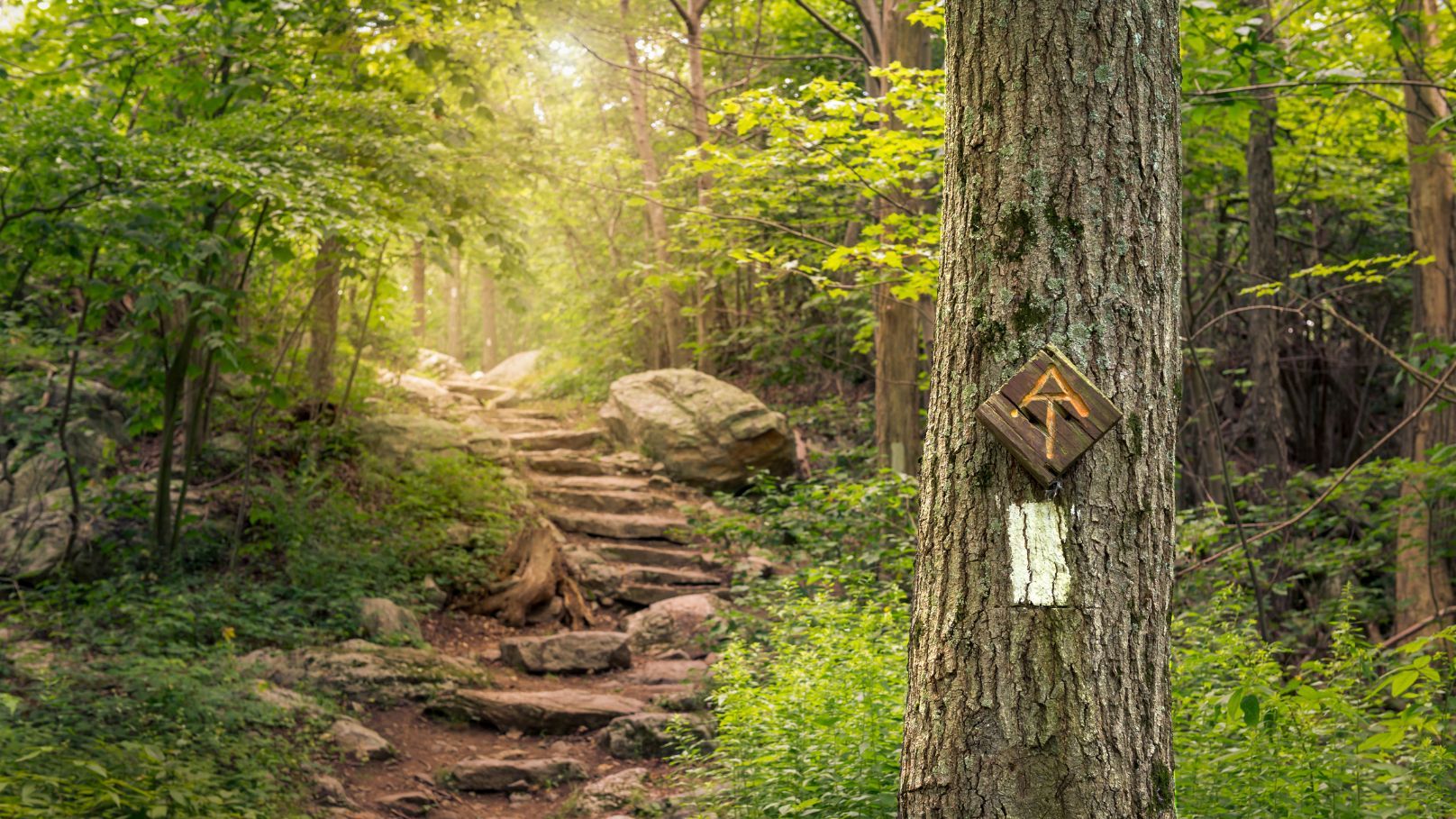
As well as hiking the Appalachian Trail northbound, or NOBO, there are several other options. Here are a couple of the most popular, including flip-flop hiking the route (we'll explain what that means below), and going southbound, or SOBO:
Flip-Flop Thru Hiking the Appalachian Trail
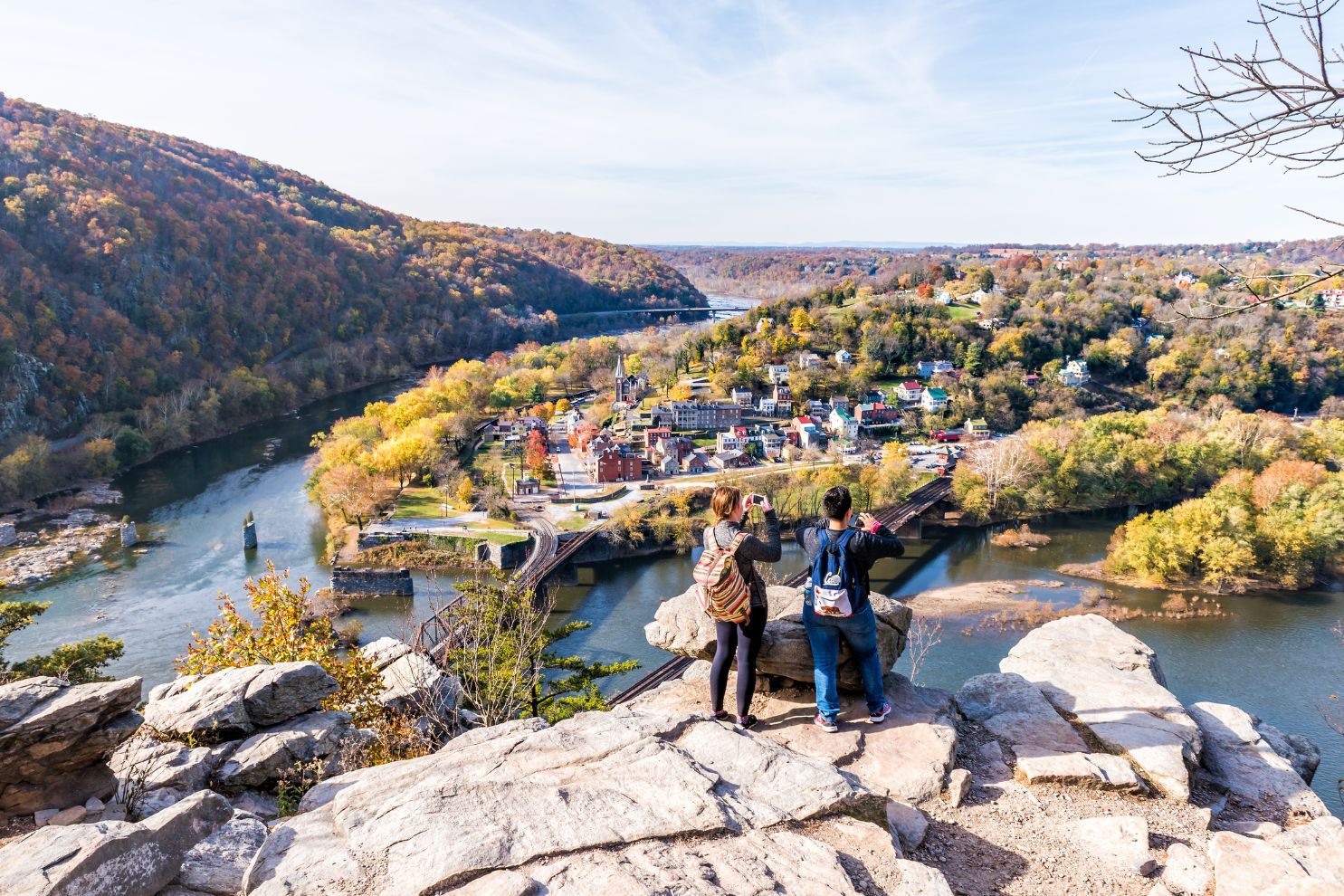
First and foremost, no, flip-flop hiking does not mean that you should hike the Appalachian Trail in flip-flops. Bad things will happen if you do that. Flip-flop hiking simply means that instead of hiking the entire trail from the southern starting point in Georgia to Maine in the north, or vice versa, you pick a point in the middle, and hike the trail from there, and then return to finish the other trail section, or sections, afterwards.
The benefits of picking a flip-flop route are that you can get milder weather throughout, finish the trail over a longer period of time should you like, and start on more accessible terrain and work your way into the trail. Due to these reasons, this is becoming one of the most popular ways to hike the Appalachian Trail - and it helps to preserve the route too by avoiding overcrowding.
The Appalachian Trail Conservancy have some great resources on hiking the trail, not least on flip-flop routes. One of the most popular options for flip-flop thru hikers is to start in Harpers Ferry, in mid-April or May and head north to Katahdin, then return to Harpers Ferry and head south to Springer.
When to Hike the Appalachian Trail Flip-Flop?
If you're going for the most popular flip-flop thru hike route, starting in Harpers Ferry, you'll start in mid-April to mid-May. This way you'll have the longest window of mild weather possible on the A.T. You'll reach Katahdin in August, then return to Harpers Ferry near Labor Day, and finish your thru hike by heading south to reach Springer Mountain around November. A great option!
The Appalachian Trail Thru Hike: Southbound
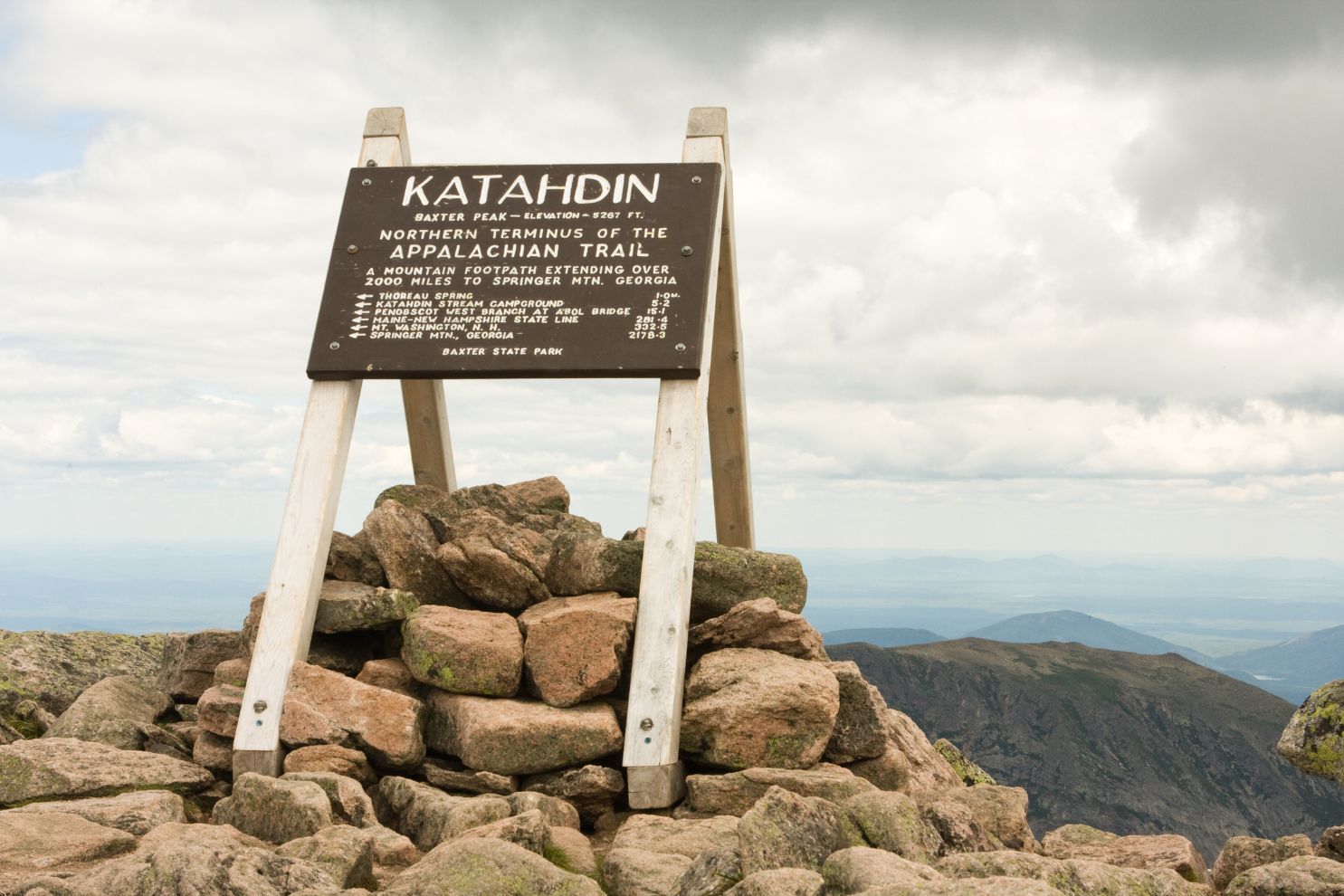
Take the route from Georgia to Maine and flip it on its head! That said, this is considered to be the tough route. The Appalachian Trail Conservancy "recommend starting in Maine only if you have considerable experience backpacking on the A.T. in Maine or New Hampshire or similarly challenging terrain." You begin with the hardest part of the trail first - literally climbing up Katahdin, possibly the toughest ascent on the Appalachian Trail on day one.
When to Hike the Appalachian Trail Southbound?
You actually can’t hike the A.T. south earlier than June officially, because the Appalachian Trail Conservancy don't allow people to register thru hikes until June 1 - the Katahdin trails often don't open till this date - and you don’t really want to go later, because waiting until July would mean adding another month of winter hiking onto your trek.
Hiking the trail southbound thus means a whole lot of high water, mud and irritating insects along the way. Then, by the time winter hits, you’ll be in the high mountains of the south too. So, basically, if you’re planning on being a SOBO hiker… good luck!
Appalachian Trail Shelters: Where to Stay While Hiking the A.T.
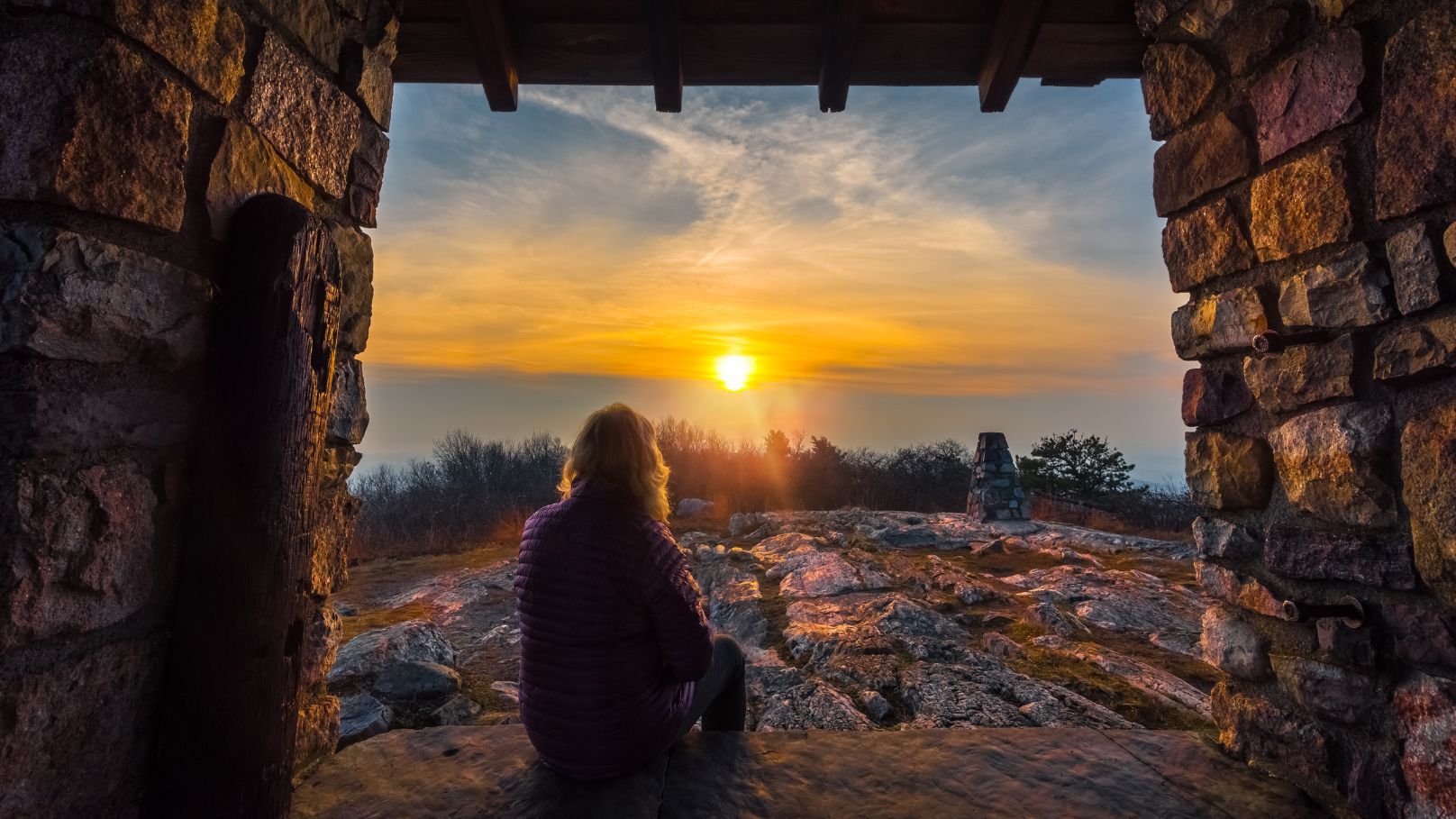
You’ll find that there are three main options when it comes to sleeping on the Appalachian Trail. You can wild camp, you can stay in one of the triangular shelters (which pop up every 10 miles or so on the trail), or you can fork out and treat yourself to a comfy mattress in a trail town.
There are an abundance of campsites and shelters (usually three-sided, wooden structures built and maintained by volunteers). In order to keep costs down, it’s a good idea to make use of them. How much you spend on the Appalachian Trail completely depends on your eating and sleeping preferences, but it can be anywhere from hundreds to a few thousand each month, so you're probably going to be looking to save a bit of cash wherever you can.

It's also worth noting, even if you're a millionaire, often a shelter or tent (or bivvy/hammock) will be your only option. The shelters usually fill up pretty quickly in bad weather, as they aren't huge - but they do sometimes have campsites nearby or directly around them. Of course, one of the important things to remember is to leave no trace when camping on the A.T. (or, you know, anywhere else for that matter).
What to Pack on the Appalachian Trail?
You could write a whole seperate article just about what you should pack when walking the Appalachian Trail. On a walk of this length, it's going to be absolutely imperitive to have the right kit.
On that note, before we get onto our kitlist, a quick word on backpacks. It's a good idea to make your backpack the last thing you buy. This way you can measure up everything else you're bringing, and choose the right size. It's likely that you're backpack will end up in the 45-60L region. Remember, when you're creating your Appalachian Trail kitlist, less is more. Every item that you put on your backpack (which should be) is more weight to carry.
- Tent or hammock
- Sleeping bag
- Sleeping pad
- Layered clothing (shorts and/or trousers, t-shirts, fleeces, jackets etc.)
- Waterproof rain gear
- Quick-drying base layers
- Trusted hiking boots or trail running shoes
- Hiking poles (if desired)
- Mosquito repellent
- First Aid equipment, including anti-septic wipes
- Head torch
- Cooking stove (more on food in the section below)
- Hiking snacks
- Toilet trowel (and the knowledge of how to poo outdoors)
- Water bottle and water filter or purification method
- Bear cans where required
- Guidebook(s)
What to Eat on the Appalachian Trail?

If you want to eat hot food while hiking the Appalachian Trail - and given that a thru-hike can take six months, we're going to assume you do - you'll have to bring a camping stove. The most trusted options are the MSR PocketRocket 2 or one of JetBoil's options, though others are available.
Of course, if you bring a stove, you'll also have to bring fuel for that stove. You can top this up at trail towns (as you can with food supplies), though, and chances are that you'll quickly realise just how good a hot meal is for morale - as well as variation - in your nutirtion. It can get real old, real fast eating cold oats on a cold morning every day for several months.
Bring a stove and the culinary world is your oyster, so to speak. Hot oats are a whole lot better than cold (plus you can have coffee with them). When it comes to other meals, hiking classics like ramen noodles, pasta dishes or instant mash potato are popular. What you should eat with them largely depends what the little shops in the trail towns you can re-stock at will have. Think tinned tuna for example, cheese or packaged meats like chorizo or sausages which you use to add some protein. Grab some vegetables to add nutrition, particularly for the day after you've bought it (wait too long with vegetables in your bag and things might get a bit smelly, of course).
It's worth noting that a little bottle of Tabasco can go a long way too.
Naturally, there are also plenty of cafes and restaurants in trail towns along the Appalachian Trail (though you will go days without seeing one). We'd reccomend eating at as many of these as you can afford. There is simply nothing better than a massive munch after a big day of hiking.
Appalachian Trail History: How Old is the Route?
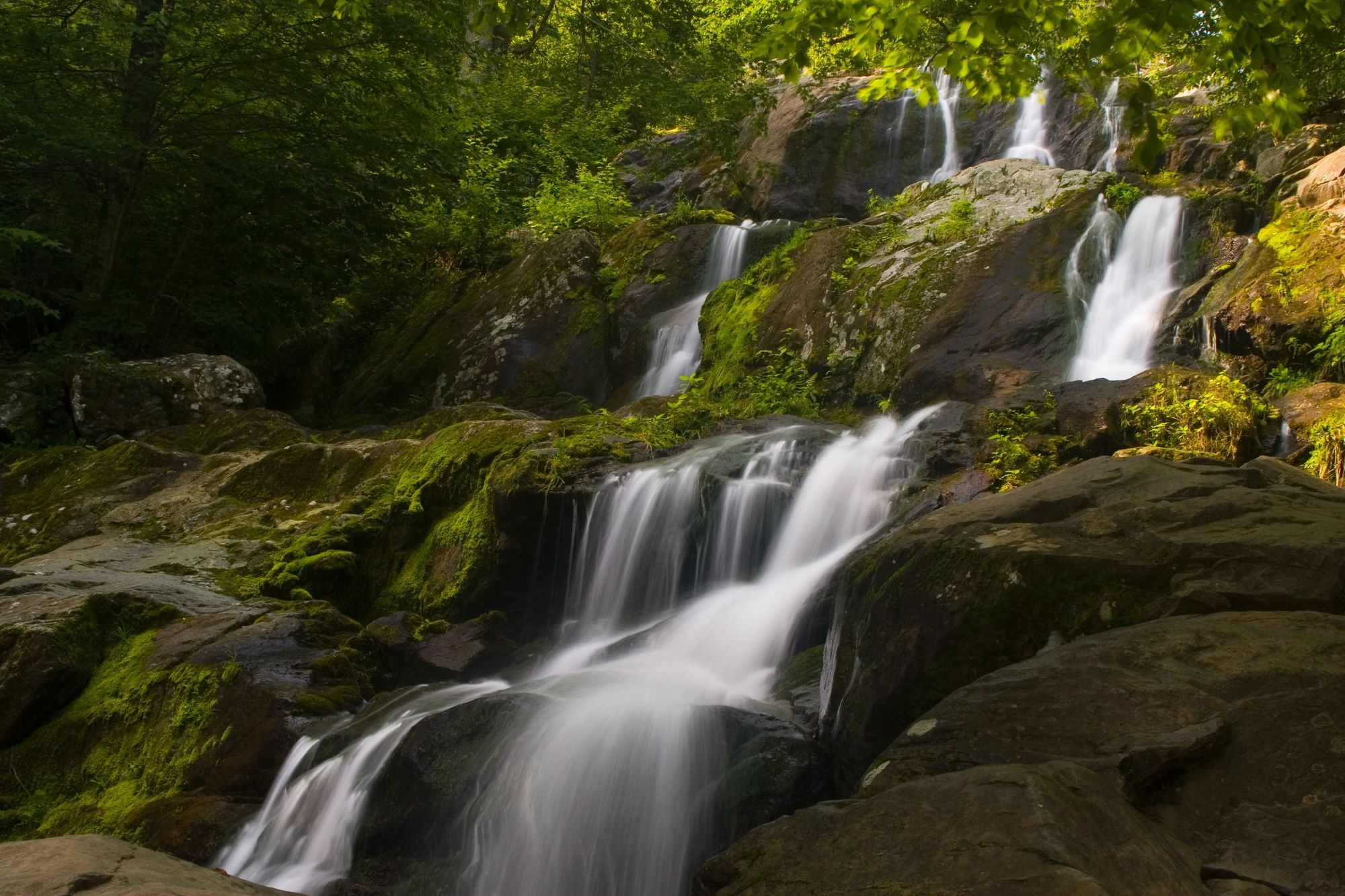
The full name of the Appalachian Trail is actually the Appalachian National Scenic Trail, though that’s an awful big mouthful, hence the nickname A.T.
The idea for the trail came from Benton MacKaye, a forester who dreamed of connecting points along the Appalachian Mountain, from Mount Washington in New Hampshire to Mount Mitchell in North Carolina. His idea was eventually published in the New York Evening Post, and by 1923, the first section, which ran from Bear Mountain west to Arden, New York was opened.
Later, a retired judge named Arthur Perkins and an associate, Myron Avery, became champions of the trail, and got various states involved. After Perkins died, Avery became the first person to walk (not thru hike) the full, although uncompleted trail, in 1936. The trail wasn't completed until 14 August 1937, in Maine, when the final link was added to what was then, a 2054-mile trail.
Earl Shaffer was the first person to walk the A.T. in one continuous thru hike, doing so over 124 days, from 4 April 1948 onwards. Having served during World War II, Shaffer said that he wanted to "walk the army out of [his] system.” That said, upon completion, Shaffer also said "I almost wished that the Trail really was endless, that no one could ever hike its length."
Appalachian Trail Conservancy: Who Maintains the Trail?
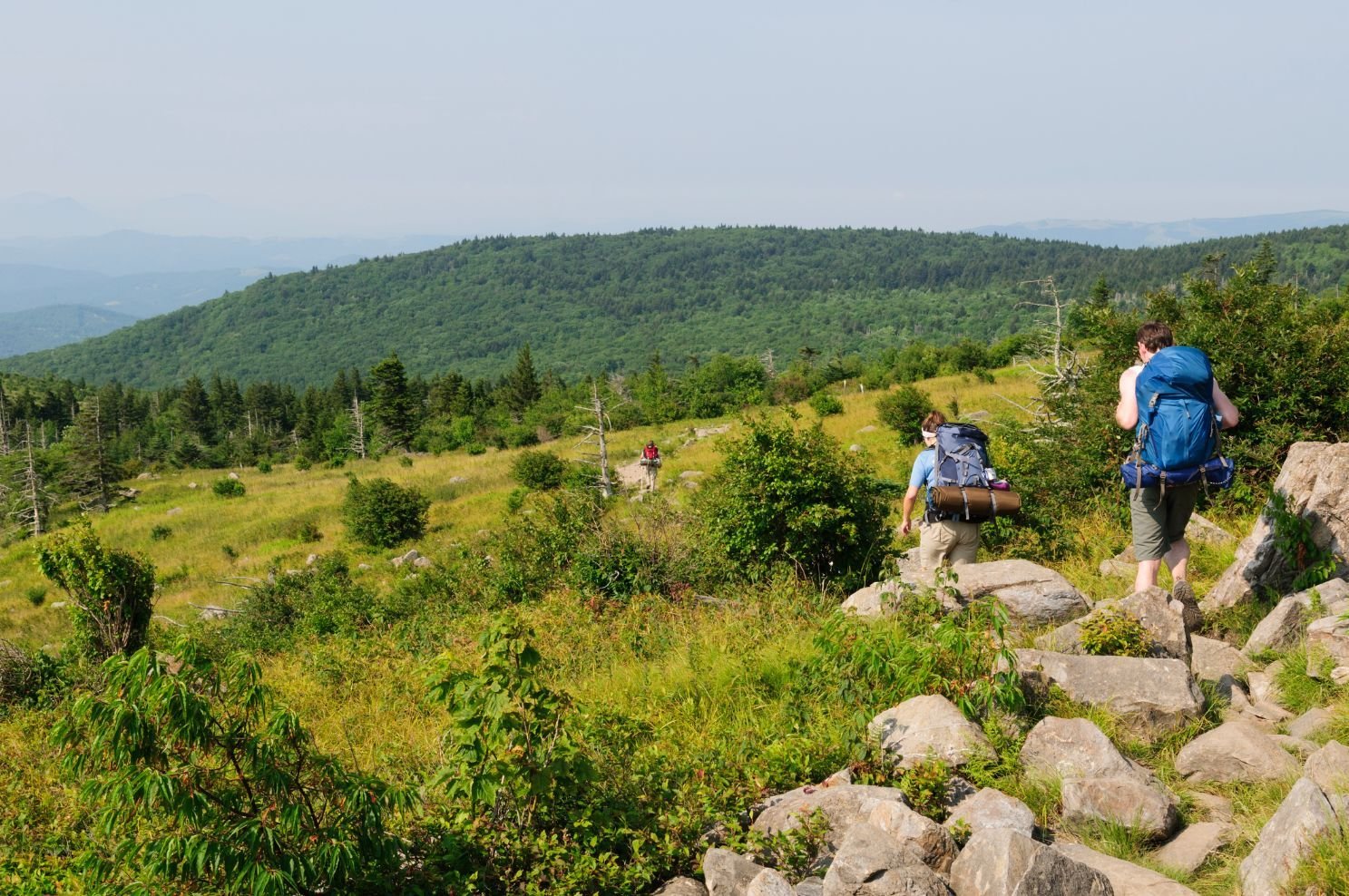
The mission of the Appalachian Trail Conservancy's is to protect, manage, and advocate for the A.T. When registering a thru hike (not essential but a great way to help avoid congestion on the trail), these are the people that you register with. The ATC work with National Park Services, the U.S. Forest Service, state agencies and a whole lot of trail-maintaining clubs and volunteers in order to protect the Appalachian Trail.
3 of the Best Books About the Appalachian Trail

So, you’ve reached the finale of our great guide to the Appalachian Trail but still fancy more reading? Wow, sounds like you really are committed to this after all. Maybe you might just go on to join the legendary club of 2000-milers that have finished a thru hike on the route.
Naturally for such a popular, and long-distance route, a lot has been written about the A.T. Here are just a few selections of great books set on the trail. They’ll give you an idea of what it’s really like to hike the Appalachian Trail - beyond the facts, stats and details.
- A Walk in the Woods, Bill Bryson - This is the quintessential, and most famous Appalachian Trail book (must to the annoyance of those who like to point out that Mr. Bryson didn’t even trek the full A.T. but a mere 800-off miles). It's beautifully written, and captures not only the terrain and feel of “trail magic” but the people you meet on the way. | Bookshop.org
- The Unlikely Thru-hiker: An Appalachian Trail Journey, Derick Lugo - A hilarious story of an inexperienced hiker who steps out of his comfort zone and does something that is truly extraordinary. There are many incredibly serious (to the point of dull) takes on the Appalachian Trail book. This... is not one of them. A fantastic read which is humorous and entertaining throughout. | Wordery.com
- Becoming Odyssa, Jennifer Phar Davis - A classic story, told very well. After graduating from college, Jennifer Phar Davis isn’t sure what she wants to do, so, naturally, she decides to hike the A.T. This book documents the tough moments, the beautiful moments, the people of the trail, and the personal transformation. “The scenic vistas of North Carolina and Tennessee make you feel like you're looking at a work of art,” she writes, “but crossing through the rural countryside of southwest Virginia and caressing the tall grass with your fingertips, you feel like you're part of the painting." | Bookshop.org
Inspired? Well, the Appalachian Trail isn't the only long-distance hiking route out there. Browse our Big Adventures collection now!
This article contains affiliate links. Which basically means we make a little commission if you click through and buy something. It doesn’t cost you anything, and it just means we can do more good things in good places. More info here.

